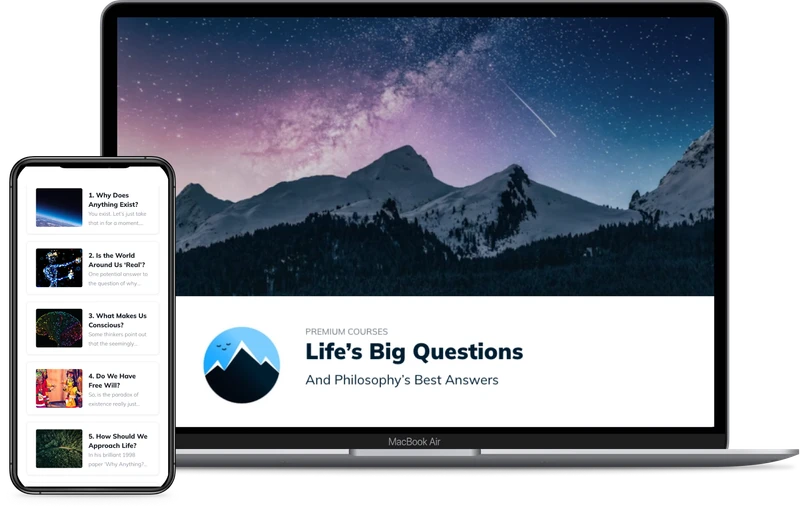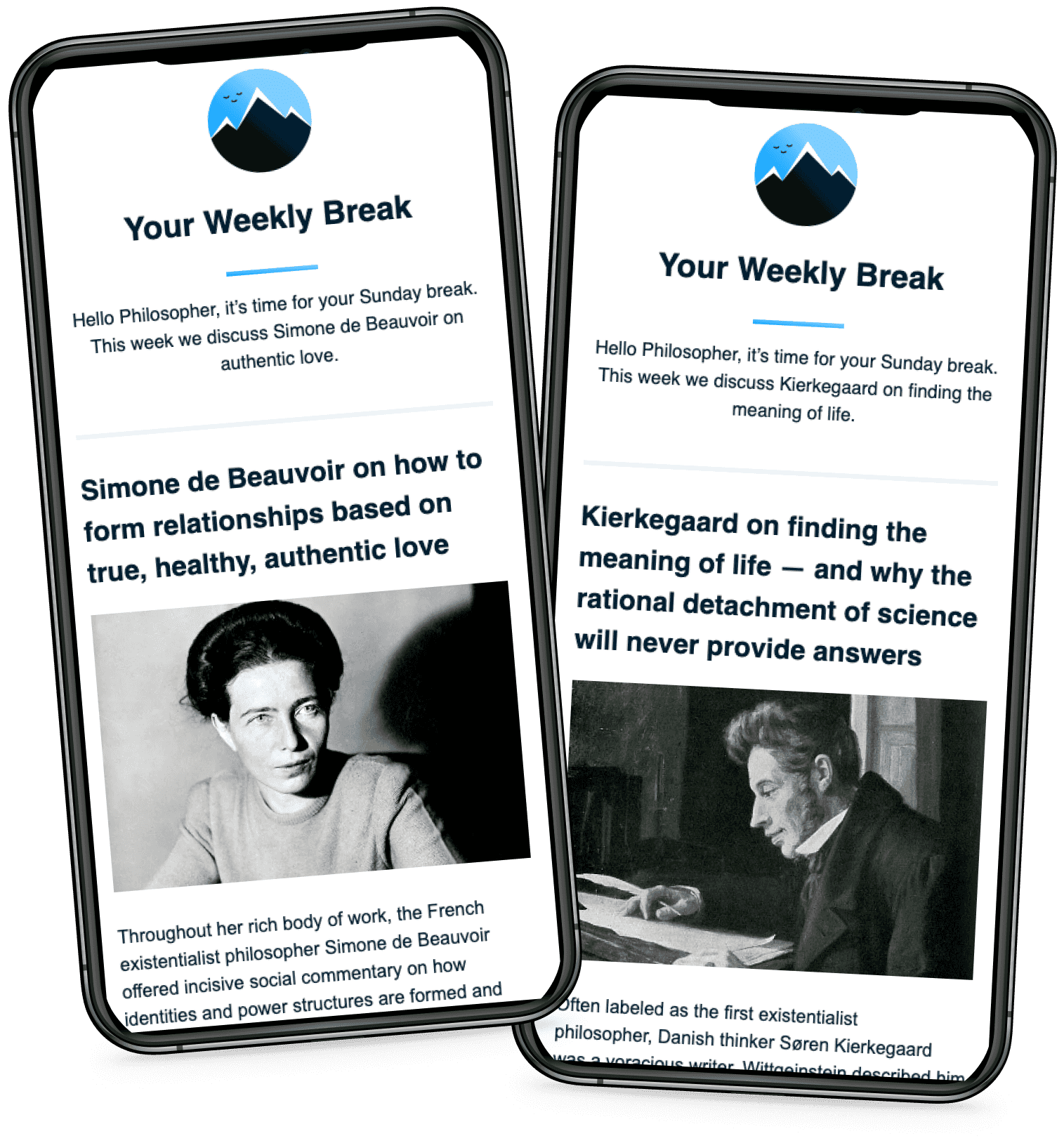Contents move to sidebar hide (Top) 1Text 2Printing history 3The production process: Das Werk der Bücher Toggle The production process: Das Werk der Bücher subsection 3.1Pages 3.2Ink 3.3Type 3.4Type style 3.5Rubrication, illumination and binding 4Early owners 5Influence on later Bibles 6Forgeries 7Surviving copies Toggle Surviving copies subsection 7.1Substantially complete copies 8Recent history 9See also 10General bibliography 11References 12External links Toggle the table of contents Gutenberg Bible 48 languages العربية閩南語 / Bân-lâm-gúБеларускаяБеларуская (тарашкевіца)БългарскиCatalàČeštinaCymraegDanskDeutschEestiΕλληνικάEspañolEsperantoEstremeñuEuskaraفارسیFrançaisFrysk한국어Հայերենहिन्दीHrvatskiBahasa IndonesiaInterlinguaItalianoעבריתქართულიLatviešuМакедонскиമലയാളംमराठीNederlands日本語Norsk bokmålPolskiPortuguêsРусскийSimple EnglishSlovenčinaСрпски / srpskiSuomiSvenskaதமிழ்TürkçeУкраїнськаاردو中文 Edit links ArticleTalk English ReadEditView history Tools Tools move to sidebar hide Actions ReadEditView history General What links hereRelated changesUpload fileSpecial pagesPermanent linkPage informationCite this pageGet shortened URLDownload QR codeWikidata item Expand allEdit interlanguage links Print/export Download as PDFPrintable version In other projects Wikimedia Commons From Wikipedia, the free encyclopedia Earliest major book printed in Europe The copy of the Gutenberg Bible held at the Richelieu - Bibliothèques, musée, galeries. The Gutenberg Bible, also known as the 42-line Bible, the Mazarin Bible or the B42, was the earliest major book printed in Europe using mass-produced metal movable type. It marked the start of the "Gutenberg Revolution" and the age of printed books in the West. The book is valued and revered for its high aesthetic and artistic qualities[1] and its historical significance. The Gutenberg Bible is an edition of the Latin Vulgate printed in the 1450s by Johannes Gutenberg in Mainz, in present-day Germany. Forty-nine copies (or substantial portions of copies) have survived. They are thought to be among the world's most valuable books, although no complete copy has been sold since 1978.[2][3] In March 1455, the future Pope Pius II wrote that he had seen pages from the Gutenberg Bible displayed in Frankfurt to promote the edition, and that either 158 or 180 copies had been printed. The 36-line Bible, said to be the second printed Bible, is also sometimes referred to as a Gutenberg Bible, but may be the work of another printer.[4] Text[edit] Gutenberg Bible in the Beinecke Rare Book & Manuscript Library at Yale University in New Haven, Connecticut The Gutenberg Bible, an edition of the Vulgate, contains the Latin version of the Hebrew Old Testament and the Greek New Testament. It is mainly the work of St Jerome who began his work on the translation in AD 380, with emendations from the Parisian Bible tradition, and further divergences.[5] Printing history[edit] Gutenberg Bible of the New York Public Library; purchased by James Lenox in 1847, it was the first Gutenberg Bible to be acquired by a United States citizen. While it is unlikely that any of Gutenberg's early publications would bear his name, the initial expense of press equipment and materials and of the work to be done before the Bible was ready for sale suggests that he may have started with more lucrative texts, including several religious documents, a German poem, and some editions of Aelius Donatus's Ars Minor, a popular Latin grammar school book.[6][7][8] Preparation of the Bible probably began soon after 1450, and the first finished copies were available in 1454 or 1455.[9] It is not known exactly how long the Bible took to print. The first precisely datable printing is Gutenberg's 31-line Indulgence which certainly existed by 22 October 1454.[10] Gutenberg made three significant changes during the printing process.[11] Spine of the Lenox copy Some time later, after more sheets had been printed, the number of lines per page was increased from 40 to 42, presumably to save paper. Therefore, pages 1 to 9 and pages 256 to 265, presumably the first ones printed, have 40 lines each. Page 10 has 41, and from there on the 42 lines appear. The increase in line number was achieved by decreasing the interline spacing, rather than increasing the printed area of the page. Finally, the print run was increased, necessitating resetting those pages which had already been printed. The new sheets were all reset to 42 lines per page. Consequently, there are two distinct settings in folios 1–32 and 129–158 of volume I and folios 1–16 and 162 of volume II.[11][12] The most reliable information about the Bible's date comes from a letter. In March 1455, the future Pope Pius II wrote that he had seen pages from the Gutenberg Bible, being displayed to promote the edition, in Frankfurt.[13] It is not known how many copies were printed, with the 1455 letter citing sources for both 158 and 180 copies. Scholars today think that examination of surviving copies suggests that somewhere between 160 and 185 copies were printed, with about three-quarters on paper and the others on vellum.[14][15] The production process: Das Werk der Bücher[edit] A vellum copy of the Gutenberg Bible owned by the U.S. Library of Congress, on display at the Thomas Jefferson Building in Washington, D.C. In a legal paper, written after completion of the Bible, Johannes Gutenberg refers to the process as Das Werk der Bücher ("the work of the books"). He had introduced the printing press to Europe and created the technology to make printing with movable types finally efficient enough to facilitate the mass production of entire books.[16] Many book-lovers have commented on the high standards achieved in the production of the Gutenberg Bible, some describing it as one of the most beautiful books ever printed. The quality of both the ink and other materials and the printing itself have been noted.[1] Pages[edit] First page of the first volume: the epistle of St Jerome to Paulinus from the University of Texas copy. The page has 40 lines. The paper size is 'double folio', with two pages printed on each side (four pages per sheet). After printing the paper was folded once to the size of a single page. Typically, five of these folded sheets (ten leaves, or twenty printed pages) were combined to a single physical section, called a quinternion, that could then be bound into a book. Some sections, however, had as few as four leaves or as many as twelve leaves.[17] Gutenberg Bible on display at the U.S. Library of Congress The 42-line Bible was printed on the size of paper known as 'Royal'.[18] A full sheet of Royal paper measures 42 cm × 60 cm (17 in × 24 in) and a single untrimmed folio leaf measures 42 cm × 30 cm (17 in × 12 in).[19] There have been attempts to claim that the book was printed on larger paper measuring 44.5 cm × 30.7 cm (17.5 in × 12.1 in),[20] but this assertion is contradicted by the dimensions of existing copies. For example, the leaves of the copy in the Bodleian Library, Oxford, measure 40 cm × 28.6 cm (15.7 in × 11.3 in).[21] This is typical of other folio Bibles printed on Royal paper in the fifteenth century.[22] Most fifteenth-century printing papers have a width-to-height ratio of 1:1.4 (e.g. 30:42 cm) which, mathematically, is a ratio of 1 to the square root of 2 or, simply, 2 {\textstyle {\sqrt {2}}} . Many suggest that this ratio was chosen to match the so-called Golden Ratio, 1 + 5 2 {\textstyle {\tfrac {1+{\sqrt {5}}}{2}}} , of 1:1.6; in fact the ratios are, plainly, not at all similar (equating to a difference of about 12 per cent). The ratio of 1:1.4 was a long established one for medieval paper sizes.[23] A single complete copy of the Gutenberg Bible has 1,288 pages (4×322 = 1288) (usually bound in two volumes); with four pages per folio-sheet, 322 sheets of paper are required per copy.[24] The Bible's paper consists of linen fibers and is thought to have been imported from Caselle in Piedmont, Italy based on the watermarks present throughout the volume.[25] Ink
we have
FORK LYFT
[
Philosophy BreakYour home for learning about philosophy
](https://philosophybreak.com/)
CoursesReading ListsLatest BreaksAbout UsSign In
[
Courses
Introductory philosophy courses distilling the subject's greatest wisdom.
](https://philosophybreak.com/courses/)
[
Reading Lists
Curated reading lists on philosophy's best and most important works.
](https://philosophybreak.com/reading-lists/)
[
Latest Breaks
Bite-size philosophy articles designed to stimulate your brain.
](https://philosophybreak.com/articles/)
[
About Us
](https://philosophybreak.com/about/)
[
Sign In
](https://academy.philosophybreak.com/)
[
](https://www.instagram.com/philosophybreak/)
[
](https://twitter.com/philosophybreak)

If a Tree Falls in the Forest, and There's No One Around to Hear It, Does It Make a Sound?
The age-old question of whether a falling tree makes a sound when there's no one around to hear it exploits the tension between perception and reality. This article explores possible answers and their consequences.

By Jack Maden | September 2022
If a tree falls in the forest, and there's no one around to hear it, does it make a sound? Well, if by 'sound' we mean vibrating air, then yes, when the tree falls, it vibrates the air around it.
However, if by 'sound' we mean the conscious noise we hear when our sensory apparatus interacts with the vibrating air, then if no one is around to hear the tree when it falls, there'd be no sensory apparatus for the vibrating air to interact with, and thus no conscious noise would be heard.
So, the answer to this age-old question seems to be simple: it depends on how we define 'sound'. If we define it as 'vibrating air', the falling tree makes a sound. If we define it as a conscious experience, the lonesome falling tree does not make a sound.
There, problem solved.
The point of asking this question, however, is not so that it can be answered quickly and put aside.
Rather, its point is to draw out the rather strange tension between our two very different definitions of the word 'sound'.
On the one hand, we classify sound as a mechanistic process that exists without us, 'out there' in the world. On the other, we regard it as a private conscious experience, its existence entirely dependent on us.
And when you dwell on this latter definition, you realize it doesn't just extend to sounds. Everything we experience --- everything we see, hear, smell, touch, taste --- all of it depends on our sensory apparatus, on us. Without us, our experiences would not exist.
As the great 16th-century astronomer Galileo Galilei put it:
Tastes, odors, colors, and so on... reside only in consciousness. If the living creature were removed, all these qualities would be wiped away and annihilated.
Take away our senses, and the world of our experience would be replaced by a colorless, soundless, odorless, tasteless nothingness. Without us, what remains?
The reason our original question --- When a tree falls in the forest, and there's no one around to hear it, does it make a sound? --- is such a teaser, is because it hits on a deeper question. Namely:
If there was no conscious life, would the physical universe exist?
Our kneejerk reaction to this question might be, 'of course it would'. But let's think about it again: if there was nothing conscious, then nothing would be experienced. There would be nothing resembling anything we call 'existence'. No colors, no sounds, no smells, no tastes, no touch, no sense of time, no sense of space.
In one concise email each Sunday, I break down a famous idea from philosophy. You get the distillation straight to your inbox:
Join 12,000+ Subscribers
💭 One short philosophical email each Sunday. Unsubscribe any time.
Is consciousness more fundamental than matter?
Reflecting on this strange state of affairs, numerous great thinkers have concluded that consciousness must be more fundamental than the 'stuff' that consciousness experiences.
Sponsored By Southwest Airlines

For instance, in his 1710 work, A Treatise Concerning the Principles of Human Knowledge, the philosopher George Berkeley discusses the absurdity of a world existing independently of our conscious minds:
It is indeed an opinion strangely prevailing amongst people that houses, mountains, rivers, and in a word all sensible objects, have an existence natural or real, distinct from their being perceived by the understanding... for what are the forementioned objects but things we perceive by sense? And what do we perceive besides our own ideas or sensations? And is it not plainly repugnant that any one of these or any combination of them should exist unperceived?
On this view, it is absurd to say a lonesome falling tree makes a sound. For Berkeley, it is absurd to say the tree, without a conscious mind there perceiving it, even exists. (You can learn more about his mind-bending arguments for this position in our short explainer piece on Berkeley's subjective idealism, his theory that the world is in our minds).
But to conclude this brief reflection on the tension between perception and reality, consider a comment from the Nobel Prize-winning quantum physicist Max Planck in a 1931 interview (italics added):
I regard consciousness as fundamental. I regard matter as derivative from consciousness. We cannot get behind consciousness. Everything that we talk about, everything that we regard as existing, postulates consciousness.
What do you think? Can we get behind consciousness?
This is a short exploration of themes covered in our celebrated 5-day introduction to philosophy course, Life's Big Questions, in which you can learn thousands of years of philosophy with just 30 minutes of thought-provoking reading per day. Learn more and see if it's for you now:

Life's Big Questions: Your Concise Guide to Philosophy's Most Important Wisdom
From why anything exists to how we should live, unlock philosophy's best answers to life's big questions.
★★★★★ (50+ reviews for our courses)
Get one mind-opening philosophical idea distilled to your inbox every Sunday (free):
Join 12,000+ Subscribers
💭 One short philosophical email each Sunday. Unsubscribe any time.
About the Author

Jack MadenFounder\ Philosophy Break
Having received great value from studying philosophy for 15+ years (picking up a master's degree along the way), I founded Philosophy Break in 2018 as an online social enterprise dedicated to making the subject's wisdom accessible to all. Learn more about me and the project here.
If you enjoy learning about humanity's greatest thinkers, you might like my free Sunday email. I break down one mind-opening idea from philosophy, and invite you to share your view.
Subscribe for free here, and join 12,000+ philosophers enjoying a nugget of profundity each week (free forever, no spam, unsubscribe any time).

WEEKLY EMAILS
Get one mind-opening philosophical idea distilled to your inbox every Sunday (free)
From the Buddha to Nietzsche: join 12,000+ subscribers enjoying a nugget of profundity from the great philosophers every Sunday:
Join 12,000+ Subscribers
★★★★★ (50+ reviews for Philosophy Break). Unsubscribe any time.

Take Another Break
Each break takes only a few minutes to read, and is crafted to expand your mind and spark your philosophical curiosity.
[

The Buddha's Four Noble Truths: the Cure for Suffering
7-MIN BREAK
](https://philosophybreak.com/articles/the-buddha-four-noble-truths-the-cure-for-suffering/)
[

Compatibilism: Philosophy's Favorite Answer to the Free Will Debate
10-MIN BREAK
[

The Last Time Meditation: a Stoic Tool for Living in the Present
5-MIN BREAK
[

Nietzsche On Why Suffering is Necessary for Greatness
3-MIN BREAK
](https://philosophybreak.com/articles/nietzsche-on-why-suffering-is-necessary-for-greatness/)
PHILOSOPHY 101
ABOUT US
FOLLOW US
Philosophy Break is an online social enterprise dedicated to making the wisdom of philosophy instantly accessible (and useful!) for people striving to live happy, meaningful, and fulfilling lives. Learn more about us here. To offset a fraction of what it costs to maintain Philosophy Break, we participate in the Amazon Associates Program. This means if you purchase something on Amazon from a link on here, we may earn a small percentage of the sale, at no extra cost to you. This helps support Philosophy Break, and is very much appreciated.
Access our generic Amazon Affiliate link here
Privacy Policy | Cookie Policy
© Philosophy Break Ltd, 2024

https://www.poetryfoundation.org/poems/44272/the-road-not-taken
The Road Not Taken
Launch Audio in a New Window
BY ROBERT FROST
Two roads diverged in a yellow wood,
And sorry I could not travel both
And be one traveler, long I stood
And looked down one as far as I could
To where it bent in the undergrowth;
Then took the other, as just as fair,
And having perhaps the better claim,
Because it was grassy and wanted wear;
Though as for that the passing there
Had worn them really about the same,
And both that morning equally lay
In leaves no step had trodden black.
Oh, I kept the first for another day!
Yet knowing how way leads on to way,
I doubted if I should ever come back.
I shall be telling this with a sigh
Somewhere ages and ages hence:
Two roads diverged in a wood, and I---
I took the one less traveled by,
And that has made all the difference.
n/a
THIS POEM HAS A POEM GUIDE
-
Related
-
-
COLLECTION
Fall Poems
BY THE EDITORS
Poems to read as the leaves change and the weather gets colder.
-
COLLECTION
Common Core State Standards Text Exemplars
BY THE EDITORS
Poems to integrate into your English Language Arts classroom.
-
ARTICLE FOR STUDENTS
How to Make a Poem
BY CM BURROUGHS
The journey from idea to draft.
-
